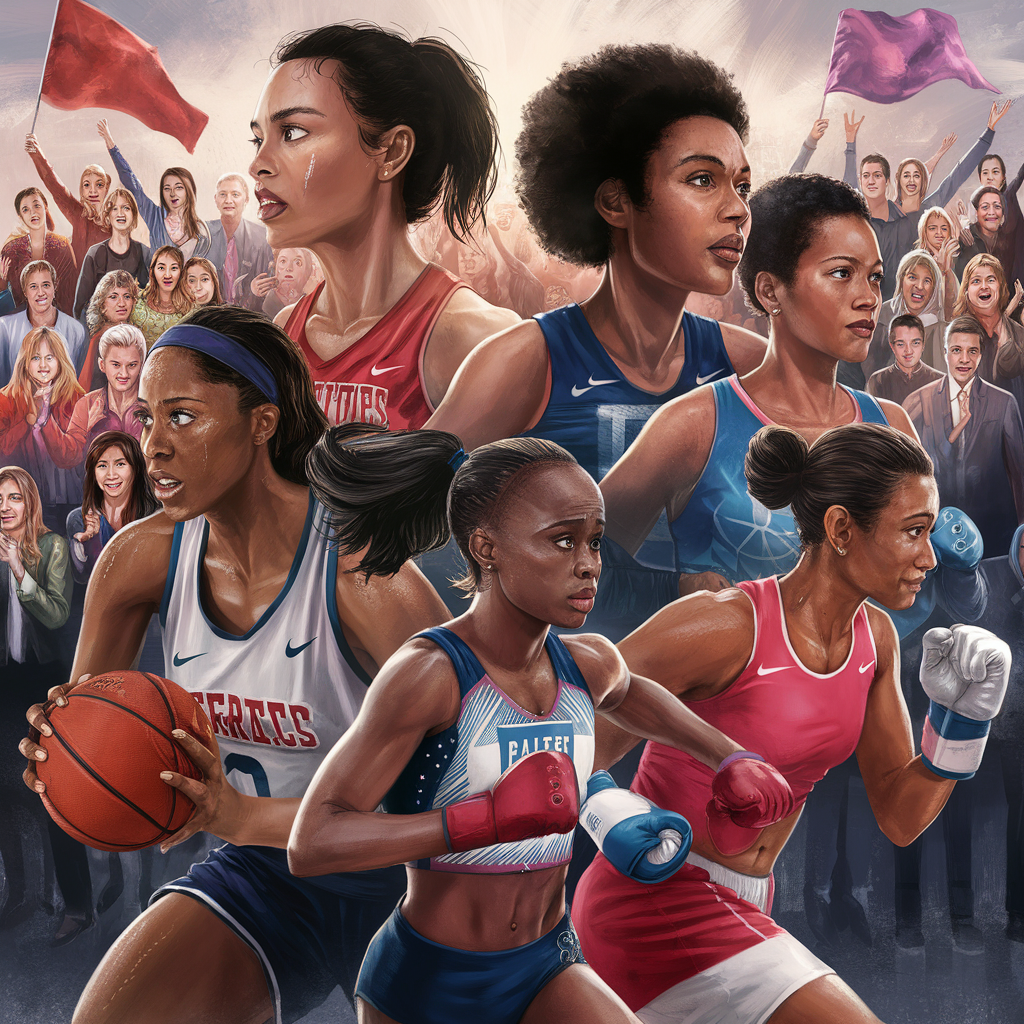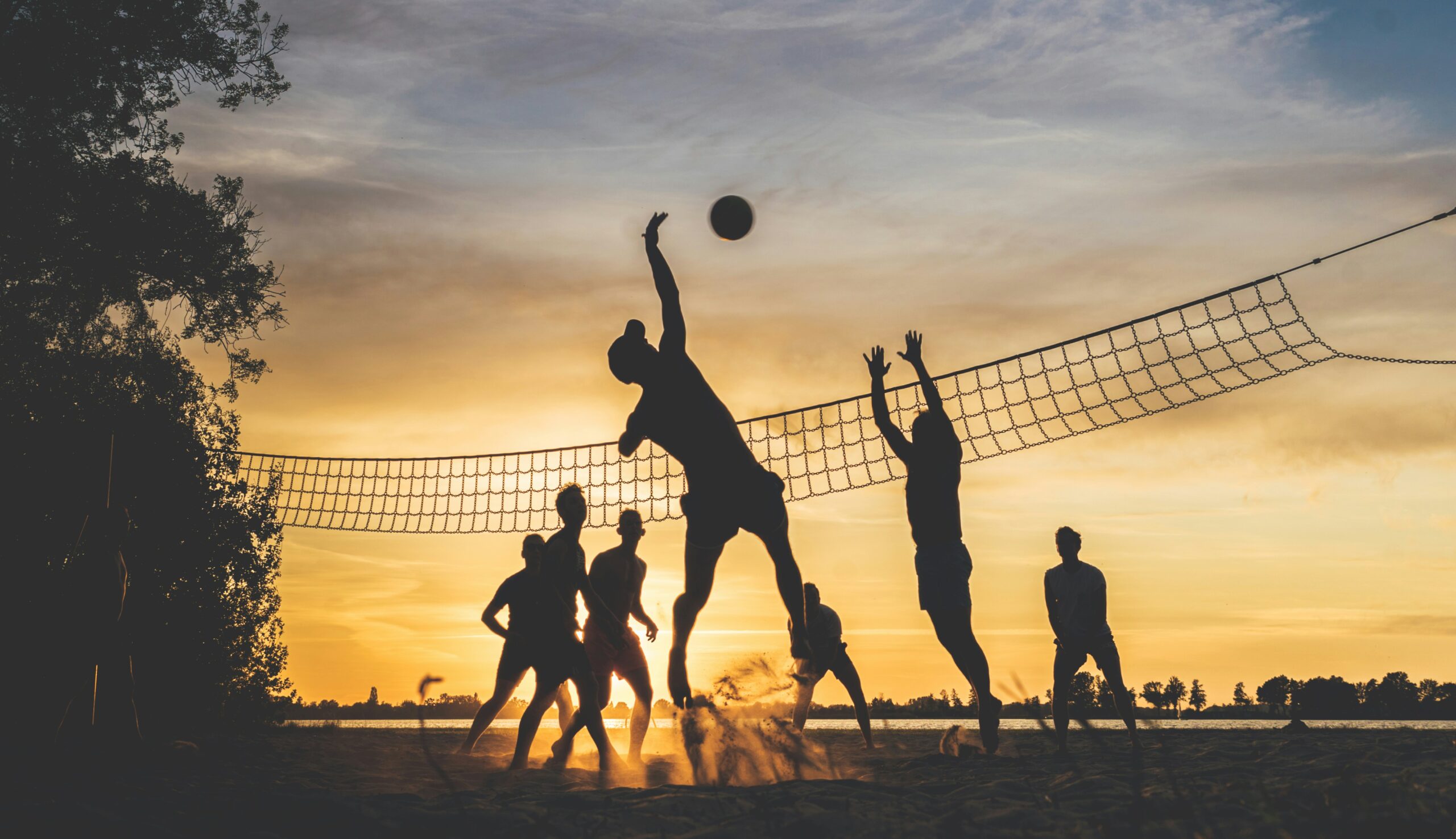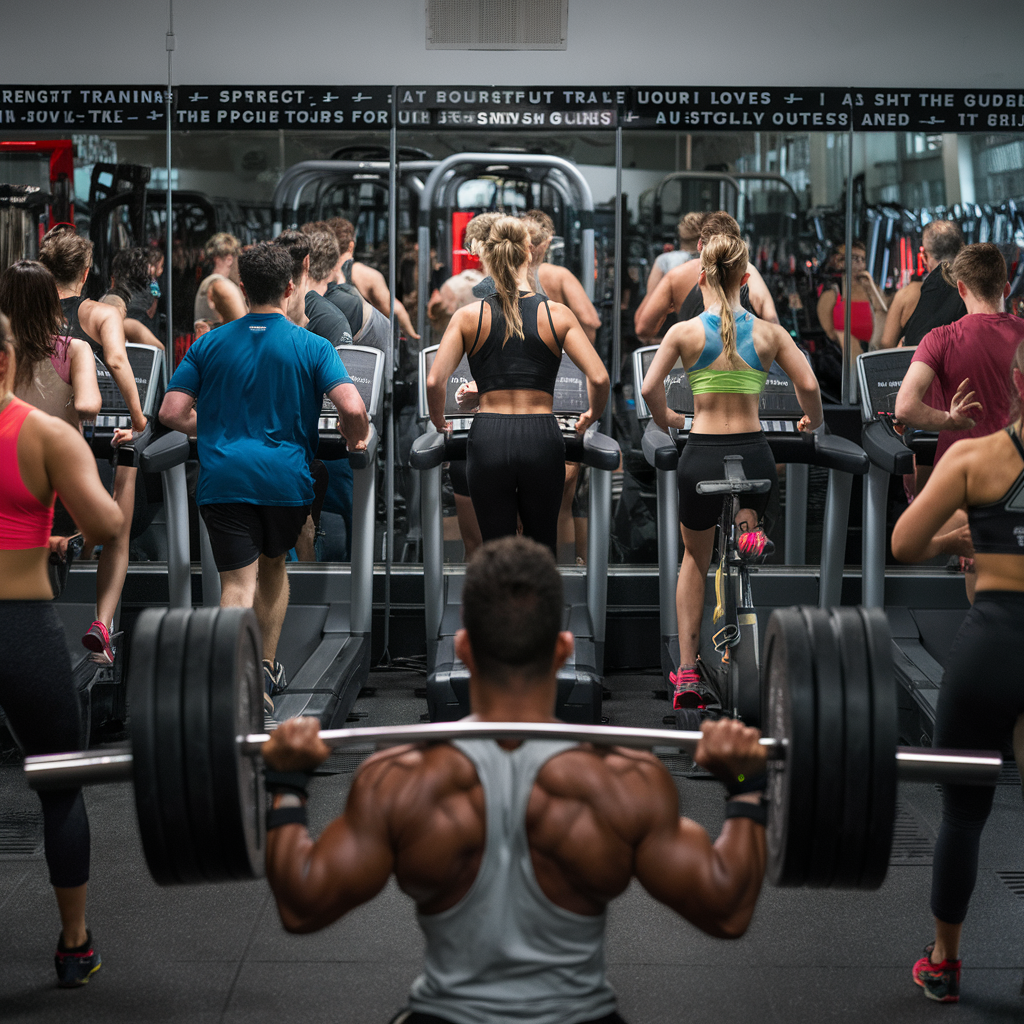Women in Sports: Breaking Barriers and Inspiring Change
It’s hard to overstate the sheer power of sports as a catalyst for change. Throughout history, athletes have not only pushed the limits of human performance but have also become symbols of social progress. Among these athletes, women have played pivotal roles, often shattering glass ceilings and rewriting the narratives of what it means to be a female competitor in a male-dominated arena. From Billie Jean King to Serena Williams, the journey of women in sports is not just about athletic prowess—it’s a story of resilience, determination, and inspiring change.
A Historical Perspective
Going back in time, women in sports have always faced significant hurdles. In the early 20th century, participation opportunities were scant. Women were often viewed as fragile beings, unfit for rigorous physical activity. I remember reading about the 1900 Paris Olympics—the first to include female athletes. Only 22 women participated, and they were limited to tennis and golf. Talk about a narrow view of athleticism! It wasn’t until the late 20th century that women began to break through the barriers, making strides not only in participation but also in acceptance.
Trailblazers and Their Impact
When discussing pioneers, it’s impossible to overlook the immense impact of figures like Billie Jean King. In 1973, she famously faced Bobby Riggs in the “Battle of the Sexes.” This match transcended sports, becoming a cultural phenomenon that challenged gender norms. King’s victory was not just about tennis; it was a symbolic triumph that ignited a broader movement for gender equality in sports and beyond. “I wanted to prove that women are just as strong, just as competent, and just as capable as men,” she later remarked. Her words resonate even today.
Fast forward a few decades, and we meet the likes of Mia Hamm. As a key figure in women’s soccer, Hamm’s influence reached far beyond the pitch. She became a household name, leading the U.S. Women’s National Team to World Cup glory in 1999—an event that not only showcased female athletic talent but also drew attention to the disparities in funding and support for women’s sports. Her legacy paved the way for future generations of female athletes, inspiring countless young girls to lace up their cleats and dream big.
Modern-Day Warriors
Today, the landscape is undeniably different, yet challenges persist. The emergence of social media has given female athletes a platform to voice their opinions and advocate for change. Take, for instance, the powerful presence of athletes like Megan Rapinoe. Her activism around equal pay in soccer has spotlighted the inequalities that female athletes continue to face. In a world where the U.S. Women’s National Team has consistently outperformed their male counterparts, the fight for equitable pay is not just a personal battle; it’s a rallying cry for women everywhere. “I think it’s important for us to be the change we want to see,” she said during a recent interview, and those words echo throughout the sports community.
Moreover, the journey of female athletes is often intertwined with broader social movements. The #MeToo movement, for instance, has found a significant voice in the sports industry, with numerous female athletes sharing their stories of harassment and abuse. Gymnast Simone Biles, a beacon of excellence, has used her platform to advocate for mental health awareness and the importance of speaking out against injustice. Her decision to withdraw from competitions to prioritize her mental well-being was a watershed moment that challenged the stigma around mental health in sports.
Representation and Visibility
Despite the progress made, representation in sports media remains a critical issue. Studies have shown that women’s sports receive significantly less coverage than their male counterparts. Some estimates suggest that women’s sports account for less than 10% of sports media coverage. This discrepancy not only affects visibility but also impacts sponsorship opportunities and the overall growth of women’s sports. I often wonder—what would happen if more young girls saw female athletes dominating the headlines? Would that inspire the next generation to pick up a football or a tennis racket?
The importance of role models cannot be overstated. When young girls see athletes like Serena Williams break records and dominate on the court, it sends a powerful message: “You can do this too.” It’s about more than just wins and losses; it’s about representation, visibility, and the belief that they can aspire to greatness, regardless of gender. As Williams herself stated, “I really think a champion is defined not by their wins but by how they can recover when they fall.”
Challenges Ahead
As we celebrate progress, it’s equally important to acknowledge the hurdles that lie ahead. Issues such as pay inequality, lack of access to facilities, and underrepresentation in coaching and administrative roles persist. According to some reports, female athletes earn only about 80 cents for every dollar earned by male athletes in similar sports—a gap that seems to operate under a veil of oblivion. It’s reminiscent of the age-old adage: “What’s in a name?” In this case, it’s about equity, respect, and recognition.
Moreover, women of color in sports face an intersectional challenge. While white female athletes have made significant strides, women of color often endure additional scrutiny and barriers. The stories of athletes like Naomi Osaka and Allyson Felix remind us of the ongoing struggle for equality. Their journeys highlight the need for systemic change within sports organizations to foster an inclusive environment that uplifts all women.
The Role of Organizations
Sports organizations are beginning to take notice, albeit slowly. The Women’s Sports Foundation, founded by Billie Jean King, has been at the forefront of advocating for gender equity in sports for decades. They work tirelessly to provide resources, scholarships, and advocacy for female athletes. Initiatives like Title IX—legislation passed in 1972 that prohibits gender discrimination in education programs, including athletics—have laid the groundwork for progress, though the implementation has been uneven.
Additionally, professional leagues are starting to recognize the importance of fostering female talent. The establishment of the NWSL (National Women’s Soccer League) and the WNBA (Women’s National Basketball Association) has provided platforms for women to showcase their skills at the highest levels. The increased visibility of these leagues has helped attract sponsorships and media coverage, which is crucial for their sustainability. It’s a bit like planting a tree—nurturing it today will yield fruits for future generations.
Community Support and Grassroots Movements
On a grassroots level, community organizations are doing incredible work to promote sports among young girls. Many local initiatives focus on encouraging participation and providing access to facilities and coaching. One such program, “Girls on the Run,” empowers girls through a curriculum that combines running with life skills and confidence-building activities. The success stories that emerge from such programs are heartwarming; girls who once struggled with self-esteem blossom into strong, empowered athletes ready to take on the world.
Furthermore, the rise of female participation in traditionally male-dominated sports, such as boxing and football, showcases the evolving landscape. Women like Katie Taylor and Ronda Rousey have not only excelled in their respective sports but have also paved the way for future generations. Their journeys serve as a reminder that barriers are meant to be broken. (I mean, who would have thought we’d see women dominating UFC events? It’s a game-changer!)
Conclusion: A Call to Action
As we reflect on the monumental strides made by women in sports, it’s essential to recognize that the journey is far from over. Each triumph is a testament to resilience, yet each struggle highlights the work that still remains. To foster a culture of equality in sports, we must continue advocating for equal pay, representation, and opportunities for all athletes.
It’s a collective responsibility that involves not only athletes but also fans, advocates, and organizations. Each time we cheer for a female athlete, support women’s leagues, or demand equitable coverage, we contribute to a larger movement that champions change. So, the next time you find yourself watching a game—whether it’s basketball, soccer, or even an Olympic event—take a moment to appreciate the trailblazers who have come before and the future generations who will continue to break barriers.
In the words of the great Maya Angelou, “I can be changed by what happens to me. But I refuse to be reduced by it.” Women in sports have not only been changed by their experiences but have also reshaped the very fabric of sports culture. Their stories inspire not just athletes, but anyone who believes in the power of perseverance and change.
Let’s continue to support the women in sports who are fighting not just for themselves, but for future generations. After all, every little bit counts, and change is a team sport!







